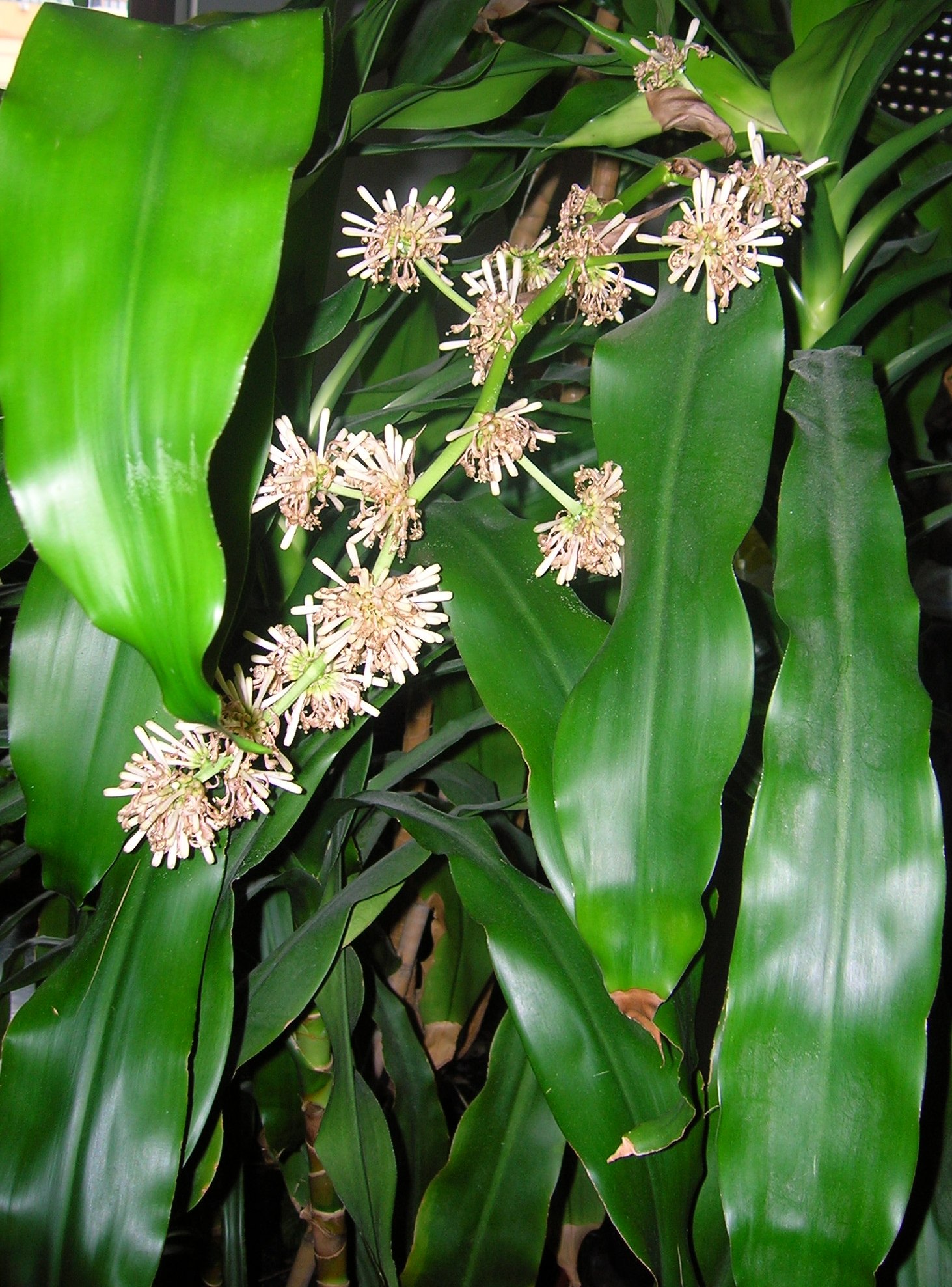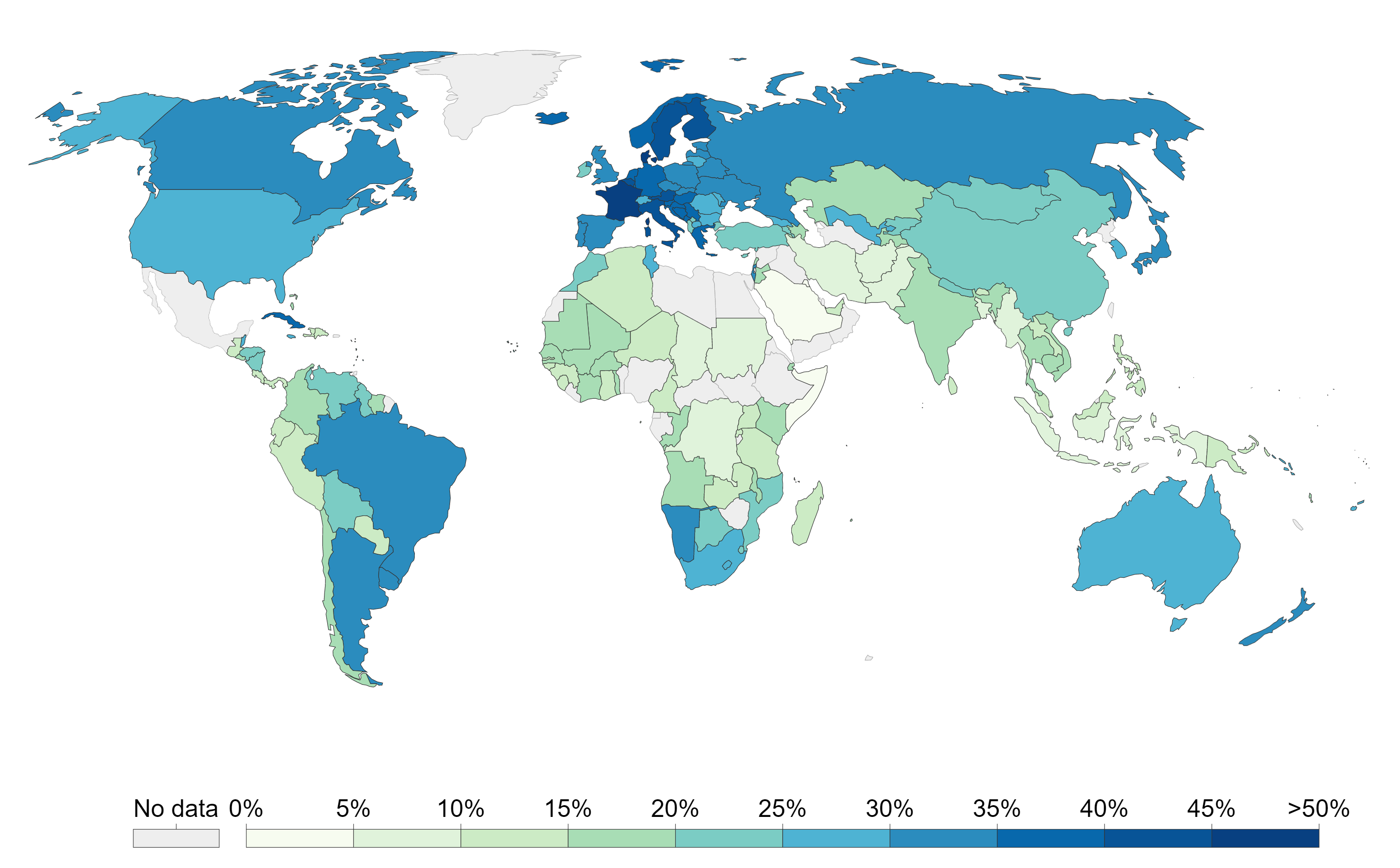|
Siha (Kibongoto)
Siha or Kingdom of Siha also sometimes referred to as Kibongoto (''Kwamangi wa Siha'' in Chaga languages, Kichagga), (''Ufalme wa Siha'' in Swahili language, Swahili) was a historic sovereign Chagga states, Chagga state located in modern-day Machame Kaskazini ward in Hai District of Kilimanjaro Region in Tanzania. Siha was located west of the Ushira plateau on Mount Kilimanjaro.Salt, George. "The Shira Plateau of Kilimanjaro." The Geographical Journal, vol. 117, no. 2, 1951, pp. 150–64. JSTOR, https://doi.org/10.2307/1791652. Accessed 16 Apr. 2023. The word ''Mangi'' means king in Kichagga. The kingdom is known for ''Mangi'' Ngalami that was hanged together with 18 other Leaders of the Chagga states including ''Mangi'' Mangi Meli, Meli, by the German colonial empire, German colonial regime in 1900. Overview The most westerly dispersion center on Kilimanjaro is the high Shira plateau, a vast protrusion of towering tableland created on the hillside by ancient Types of volcanic ... [...More Info...] [...Related Items...] OR: [Wikipedia] [Google] [Baidu] |
Nasai
Nasai is an administrative ward in Siha District of Kilimanjaro Region in Tanzania Tanzania (; ), officially the United Republic of Tanzania ( sw, Jamhuri ya Muungano wa Tanzania), is a country in East Africa within the African Great Lakes region. It borders Uganda to the north; Kenya to the northeast; Comoro Islands .... The ward covers an area of , and has an average elevation of . According to the 2012 census, the ward has a total population of 8,032. References Wards of Siha District Wards of Kilimanjaro Region {{Kilimanjaro-geo-stub ... [...More Info...] [...Related Items...] OR: [Wikipedia] [Google] [Baidu] |
Savanna
A savanna or savannah is a mixed woodland-grassland (i.e. grassy woodland) ecosystem characterised by the trees being sufficiently widely spaced so that the canopy does not close. The open canopy allows sufficient light to reach the ground to support an unbroken herbaceous layer consisting primarily of grasses. According to '' Britannica'', there exists four savanna forms; ''savanna woodland'' where trees and shrubs form a light canopy, ''tree savanna'' with scattered trees and shrubs, ''shrub savanna'' with distributed shrubs, and ''grass savanna'' where trees and shrubs are mostly nonexistent.Smith, Jeremy M.B.. "savanna". Encyclopedia Britannica, 5 Sep. 2016, https://www.britannica.com/science/savanna/Environment. Accessed 17 September 2022. Savannas maintain an open canopy despite a high tree density. It is often believed that savannas feature widely spaced, scattered trees. However, in many savannas, tree densities are higher and trees are more regularly spaced than in for ... [...More Info...] [...Related Items...] OR: [Wikipedia] [Google] [Baidu] |
Bean
A bean is the seed of several plants in the family Fabaceae, which are used as vegetables for human or animal food. They can be cooked in many different ways, including boiling, frying, and baking, and are used in many traditional dishes throughout the world. Terminology The word "bean" and its Germanic cognates (e.g. German ''Bohne'') have existed in common use in West Germanic languages since before the 12th century, referring to broad beans, chickpeas, and other pod-borne seeds. This was long before the New World genus ''Phaseolus'' was known in Europe. After Columbian-era contact between Europe and the Americas, use of the word was extended to pod-borne seeds of ''Phaseolus'', such as the common bean and the runner bean, and the related genus '' Vigna''. The term has long been applied generally to many other seeds of similar form, such as Old World soybeans, peas, other vetches, and lupins, and even to those with slighter resemblances, such as coffee beans, vani ... [...More Info...] [...Related Items...] OR: [Wikipedia] [Google] [Baidu] |
Fire Worship
Worship or deification of fire (also pyrodulia, pyrolatry or pyrolatria) is known from various religions. Fire has been an important part of human culture since the Lower Paleolithic. Religious or animist notions connected to fire are assumed to reach back to such early pre-'' Homo sapiens'' times. Indo-European religions In Indo-European languages, there were two concepts regarding fire: that of an animate type called *''h₁n̥gʷnís'' (cf. Sanskrit ''agni'', English ''ignite'' from Latin ''ignis'', Polish ''ogień'' and Russian ''ogon''), and an inanimate type *''péh₂wr̥'' (cf. English ''fire'', Greek ''pyr'', Sanskrit ''pu''). A similar distinction existed for water. Archaeologically, evidence for Indo-Iranian fire worship and the rite of cremation is found at the transition from the Sintashta-Petrovka to the Andronovo culture around 1500 BC. Fire worship was prevalent in Vedic and the Ancient Iranian religion. Whereas cremation became ubiquitous in Hinduism ... [...More Info...] [...Related Items...] OR: [Wikipedia] [Google] [Baidu] |
Bamboo
Bamboos are a diverse group of evergreen perennial flowering plants making up the subfamily Bambusoideae of the grass family Poaceae. Giant bamboos are the largest members of the grass family. The origin of the word "bamboo" is uncertain, but it probably comes from the Dutch or Portuguese language, which originally borrowed it from Malay or Kannada. In bamboo, as in other grasses, the internodal regions of the stem are usually hollow and the vascular bundles in the cross-section are scattered throughout the stem instead of in a cylindrical arrangement. The dicotyledonous woody xylem is also absent. The absence of secondary growth wood causes the stems of monocots, including the palms and large bamboos, to be columnar rather than tapering. Bamboos include some of the fastest-growing plants in the world, due to a unique rhizome-dependent system. Certain species of bamboo can grow within a 24-hour period, at a rate of almost an hour (equivalent to 1 mm every ... [...More Info...] [...Related Items...] OR: [Wikipedia] [Google] [Baidu] |
Dracaena Fragrans
''Dracaena fragrans'' (cornstalk dracaena), is a flowering plant species that is native throughout tropical Africa, from Sudan south to Mozambique, west to Côte d'Ivoire and southwest to Angola, growing in upland regions at altitude.JSTOR Plant Science''Dracaena fragrans''/ref> It is also known as striped dracaena, compact dracaena, and corn plant. Description ''Dracaena fragrans'' is a slow growing shrub, usually multistemmed at the base, mature specimens reaching or more tall with a narrow crown of usually slender erect branches. Stems may reach up to diameter on old plants; in forest habitats they may become horizontal with erect side branches. Young plants have a single unbranched stem with a rosette of leaves until the growing tip flowers or is damaged, after which it branches, producing two or more new stems; thereafter, branching increases with subsequent flowering episodes.Huxley, A., ed. (1992). ''New RHS Dictionary of Gardening'' 2: 96. Macmillan . The leaves are ... [...More Info...] [...Related Items...] OR: [Wikipedia] [Google] [Baidu] |
Worship
Worship is an act of religious devotion usually directed towards a deity. It may involve one or more of activities such as veneration, adoration, praise, and praying. For many, worship is not about an emotion, it is more about a recognition of a God or gods. An act of worship may be performed individually, in an informal or formal group, or by a designated leader. Such acts may involve honoring. Etymology The word is derived from the Old English weorþscipe, meaning ''to venerate "worship, honour shown to an object'',Bosworth and Toller, Anglo-Saxon Dictionary,weorþscipe which has been etymologised as "''worthiness'' or ''worth-ship"''—to give, at its simplest, worth to something. Worship in various religions Buddhism Worship in Buddhism may take innumerable forms given the doctrine of skillful means. Worship is evident in Buddhism in such forms as: guru yoga, mandala, thanka, yantra yoga, the discipline of the fighting monks of Shaolin, panchamrita, mantr ... [...More Info...] [...Related Items...] OR: [Wikipedia] [Google] [Baidu] |
Taxpayers
A tax is a compulsory financial charge or some other type of levy imposed on a taxpayer (an individual or legal entity) by a governmental organization in order to fund government spending and various public expenditures (regional, local, or national), and tax compliance refers to policy actions and individual behaviour aimed at ensuring that taxpayers are paying the right amount of tax at the right time and securing the correct tax allowances and tax reliefs. The first known taxation took place in Ancient Egypt around 3000–2800 BC. A failure to pay in a timely manner (non-compliance), along with evasion of or resistance to taxation, is punishable by law. Taxes consist of direct or indirect taxes and may be paid in money or as its labor equivalent. Most countries have a tax system in place, in order to pay for public, common societal, or agreed national needs and for the functions of government. Some levy a flat percentage rate of taxation on personal annual income, but mo ... [...More Info...] [...Related Items...] OR: [Wikipedia] [Google] [Baidu] |
Ancestor
An ancestor, also known as a forefather, fore-elder or a forebear, is a parent or ( recursively) the parent of an antecedent (i.e., a grandparent, great-grandparent, great-great-grandparent and so forth). ''Ancestor'' is "any person from whom one is descended. In law, the person from whom an estate has been inherited." Two individuals have a genetic relationship if one is the ancestor of the other or if they share a common ancestor. In evolutionary theory, species which share an evolutionary ancestor are said to be of common descent. However, this concept of ancestry does not apply to some bacteria and other organisms capable of horizontal gene transfer. Some research suggests that the average person has twice as many female ancestors as male ancestors. This might have been due to the past prevalence of polygynous relations and female hypergamy. Assuming that all of an individual's ancestors are otherwise unrelated to each other, that individual has 2''n'' ancestors in t ... [...More Info...] [...Related Items...] OR: [Wikipedia] [Google] [Baidu] |
Maasai People
The Maasai (; sw, Wamasai) are a Nilotic ethnic group inhabiting northern, central and southern Kenya and northern Tanzania. They are among the best-known local populations internationally due to their residence near the many game parks of the African Great Lakes and their distinctive customs and dress.Maasai - Introduction Jens Fincke, 2000–2003 The Maasai speak the Maa language (ɔl Maa), a member of the Nilotic language family that is related to the Dinka, [...More Info...] [...Related Items...] OR: [Wikipedia] [Google] [Baidu] |
Kikafu River
Kikafu River(''Mto Kikafu'' in Swahili) is located in the northern Kilimanjaro Region, Tanzania. It begins in Machame Mashariki ward in Moshi District Moshi Urban District (officially known as Moshi City Council) is an administrative district located in Kilimanjaro Region of Tanzania. The district is home to regional capital of Kilimanjaro Region, namely Moshi. The district covers an area of . ... and drains into the Pangani River. The river plays an important part of Chagga history in the Chagga kingdom of Machame.Tschannerl, Gerhard. “RURAL WATER-SUPPLY IN TANZANIA: IS ‘POLITICS’ OR ‘TECHNIQUE’ IN COMMAND?” The African Review: A Journal of African Politics, Development and International Affairs, vol. 6, no. 2, 1976, pp. 108–66. JSTOR, http://www.jstor.org/stable/45341412. Accessed 9 May 2023. References Rivers of Tanzania {{Kilimanjaro-geo-stub ... [...More Info...] [...Related Items...] OR: [Wikipedia] [Google] [Baidu] |
Brackish Water
Brackish water, sometimes termed brack water, is water occurring in a natural environment that has more salinity than freshwater, but not as much as seawater. It may result from mixing seawater (salt water) and fresh water together, as in estuaries, or it may occur in brackish fossil aquifers. The word comes from the Middle Dutch root '' brak''. Certain human activities can produce brackish water, in particular civil engineering projects such as dikes and the flooding of coastal marshland to produce brackish water pools for freshwater prawn farming. Brackish water is also the primary waste product of the salinity gradient power process. Because brackish water is hostile to the growth of most terrestrial plant species, without appropriate management it is damaging to the environment (see article on shrimp farms). Technically, brackish water contains between 0.5 and 30 grams of salt per litre—more often expressed as 0.5 to 30 parts per thousand (‰), which is a specific ... [...More Info...] [...Related Items...] OR: [Wikipedia] [Google] [Baidu] |






